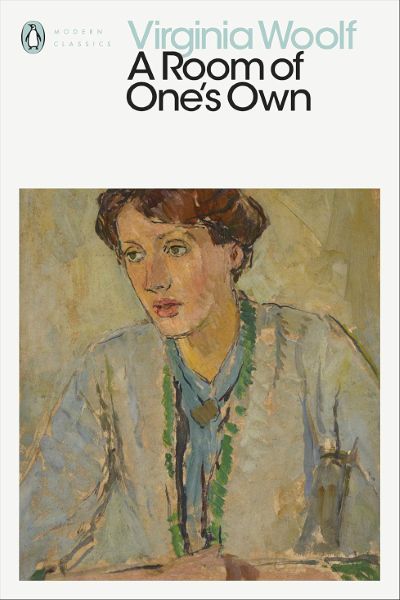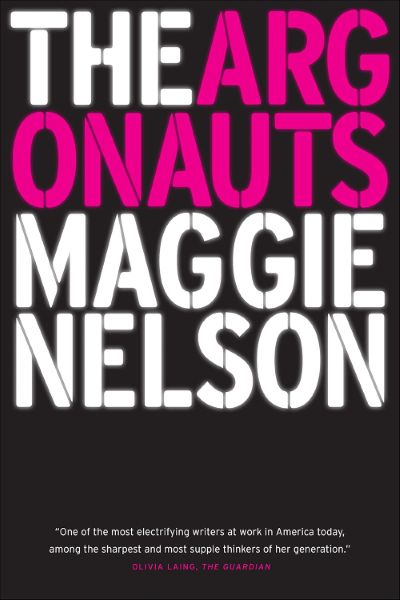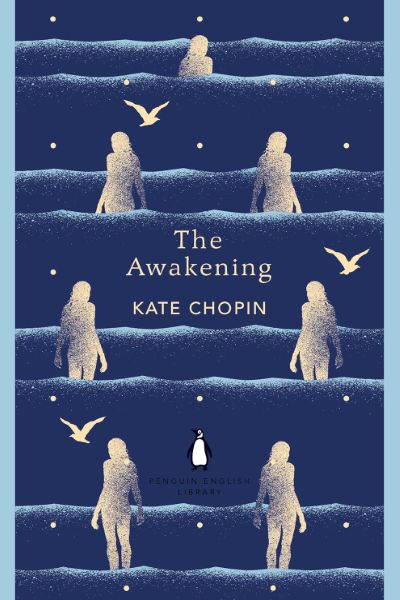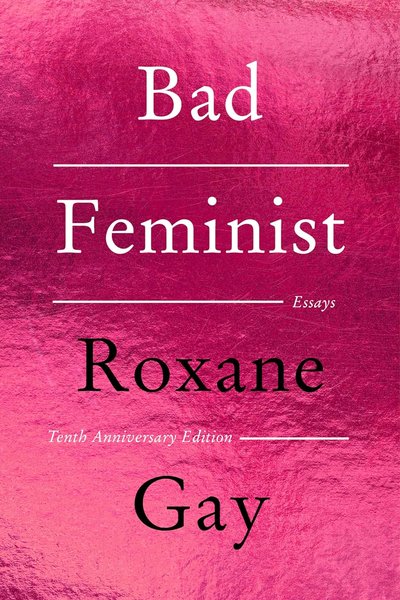A Room of One's Own
A foundational work of feminist literary criticism that explores the material and psychological conditions necessary for women's creative work with poetic and incisive insight, proposing influential theories of women's writing.

📝 Book Review
In the brilliant constellation of 20th-century feminist thought, Virginia Woolf’s “A Room of One’s Own” shines like a fixed star, illuminating with its unique radiance both the difficult circumstances and infinite possibilities of women’s creative work. This classic work, published in 1929, serves not only as a cornerstone of feminist literary criticism but also as a profound reflection on the entire literary tradition and systems of knowledge production. Woolf, with her poetic yet incisive prose, masterfully combines personal experience with grand narrative, creating an immortal masterpiece that possesses both theoretical depth and literary charm.
Biographical Context and Intellectual Formation
Virginia Woolf (1882-1941) lived a life that itself challenged and transcended traditional gender roles. Born into a late Victorian intellectual family, she enjoyed a relatively privileged cultural environment while deeply experiencing the realities of gender inequality. Her father, Leslie Stephen, was a renowned literary critic and philosopher, while her mother was a Victorian social luminary. This family background provided her access to high-quality cultural resources, yet it was precisely within this environment that Woolf became acutely aware of how gender differences profoundly affect knowledge acquisition and creative practice.
Woolf’s education was informal but intensive—while her brothers attended Cambridge, she educated herself through unrestricted access to her father’s extensive library. This disparity became a lifelong source of both intellectual strength and psychological complexity, informing her later critique of women’s exclusion from formal education.
Genesis and Structural Innovation
“A Room of One’s Own” originated from Woolf’s 1928 lectures at Newnham College and Girton College, Cambridge. This creative background carries deep symbolic significance—the two women’s colleges represented emerging forces in female higher education, and Woolf’s voice within these institutions constituted a direct challenge to the traditionally male-dominated academic system.
The transformation from spoken lectures to written text allowed Woolf to refine her conversational delivery into a more polished and profound literary work. This conversion process demonstrates her acute grasp of different discourse forms and her ability to maintain intimacy while achieving intellectual rigor.
The Central Thesis: Material Conditions for Creativity
Woolf’s most famous assertion—that “a woman must have money and a room of her own if she is to write fiction”—represents a revolutionary materialist approach to understanding creative work. This statement challenged romantic notions of artistic inspiration by insisting that creativity requires concrete material conditions: financial independence and physical space.
The “room” functions both literally and metaphorically. Literally, it represents privacy, security, and the physical space necessary for sustained intellectual work. Metaphorically, it symbolizes psychological autonomy, the mental space required for original thought and creative expression. This dual interpretation allows Woolf’s argument to address both practical obstacles and deeper structural barriers to women’s intellectual achievement.
Historical Analysis and the “Angel in the House”
Woolf’s exploration of women’s literary history reveals systematic exclusion from intellectual life. Her famous creation of “Judith Shakespeare”—William Shakespeare’s imaginary sister—demonstrates how talent alone cannot overcome structural barriers. This fictional character becomes a powerful tool for illustrating how historical circumstances prevented women from developing and expressing their creative abilities.
The concept of the “Angel in the House”—the idealized Victorian woman who exists solely to serve others—becomes central to Woolf’s analysis of women’s psychological constraints. She argues that women must “kill” this internal figure before they can create authentically, recognizing that societal expectations of feminine self-sacrifice directly conflict with the self-assertion necessary for artistic creation.
Androgyny and Creative Consciousness
Woolf’s theory of androgyny represents one of her most innovative contributions to literary theory. She proposes that the greatest creative minds are androgynous, combining both masculine and feminine elements in their consciousness. This concept challenges binary thinking about gender and creativity while suggesting that artistic excellence requires psychological integration rather than adherence to rigid gender roles.
The androgynous mind, according to Woolf, can access the full range of human experience without being limited by gendered expectations about appropriate subjects or perspectives. This theory influenced later feminist and queer theorists who challenged essentialist notions of gender identity.
Economic Analysis and Professional Independence
Woolf’s emphasis on women’s economic independence was prescient, anticipating later feminist analyses of how financial dependence limits women’s choices and autonomy. Her discussion of the £500 per year—the income she considers necessary for creative freedom—grounds her argument in concrete economic terms while recognizing that creative work requires freedom from immediate survival concerns.
This economic focus distinguishes Woolf’s feminism from more idealistic approaches that emphasize rights without addressing material conditions. Her analysis recognizes that legal equality remains meaningless without economic equality.
Literary Style and Narrative Innovation
The essay itself demonstrates innovative literary techniques that embody Woolf’s theoretical arguments. Her stream-of-consciousness narrative, shifting between personal reflection and broader cultural analysis, creates a new form of critical writing that integrates subjective experience with objective analysis.
This stylistic approach reflects Woolf’s belief that women’s writing must develop new forms rather than simply imitate existing masculine models. Her experimental prose becomes an example of the innovative expression she advocates.
Institutional Critique and Educational Reform
Woolf’s comparison between the opulent male colleges and the modest women’s colleges at Cambridge provides a concrete illustration of how institutional inequalities perpetuate gender disparities. Her description of the lavish dinner at the men’s college contrasted with the simple meal at the women’s college demonstrates how resource allocation reflects and reinforces power structures.
This institutional analysis helped establish frameworks for later feminist criticism of educational systems and their role in maintaining gender inequality.
Contemporary Relevance and Ongoing Influence
Nearly a century after its publication, “A Room of One’s Own” remains remarkably relevant to contemporary discussions about creativity, gender, and economic inequality. Current debates about work-life balance, the gender pay gap, and women’s underrepresentation in certain fields echo Woolf’s central concerns.
The concept of “a room of one’s own” has been adapted and applied to various contexts, from discussions about women’s need for personal space in domestic arrangements to arguments about institutional support for women’s intellectual and creative work.
Limitations and Critical Perspectives
Modern critics have noted that Woolf’s analysis primarily reflects the experiences of privileged white women, with limited attention to how class, race, and other factors intersect with gender to create different obstacles for different groups of women. Her focus on individual achievement rather than collective action has also been questioned by feminist theorists who emphasize systemic change.
However, these limitations don’t diminish the work’s foundational importance in establishing frameworks for feminist literary criticism and its ongoing influence on discussions about creativity and gender.
Legacy and Continuing Impact
“A Room of One’s Own” established many of the central questions and methods that continue to define feminist literary criticism. Its integration of personal experience with broader cultural analysis became a model for feminist scholarship, while its focus on material conditions helped ground feminist theory in concrete realities.
The work’s influence extends beyond literary studies to broader feminist thought, contributing to discussions about women’s economic independence, educational access, and the relationship between private life and public achievement.
Conclusion
Virginia Woolf’s “A Room of One’s Own” remains a masterpiece of feminist thought that successfully combines literary artistry with rigorous cultural analysis. Its central insight—that creativity requires both material conditions and psychological freedom—continues to resonate with contemporary discussions about gender equality and creative work.
The essay’s lasting contribution lies in its sophisticated understanding of how multiple factors—economic, psychological, institutional, and cultural—interact to shape women’s intellectual opportunities. By insisting on both practical reforms and deeper cultural change, Woolf created a work that remains as relevant today as it was nearly a century ago, continuing to inspire new generations of readers to examine the conditions necessary for human creative flourishing.
Book Info
Related Topics
🛒 Get This Book
 Buy on Amazon
Buy on Amazon Related Books
Book Discussion
Share your thoughts and opinions on this book and exchange insights with other readers
Join the Discussion
Share your thoughts and opinions on this book and exchange insights with other readers
Loading comments...


